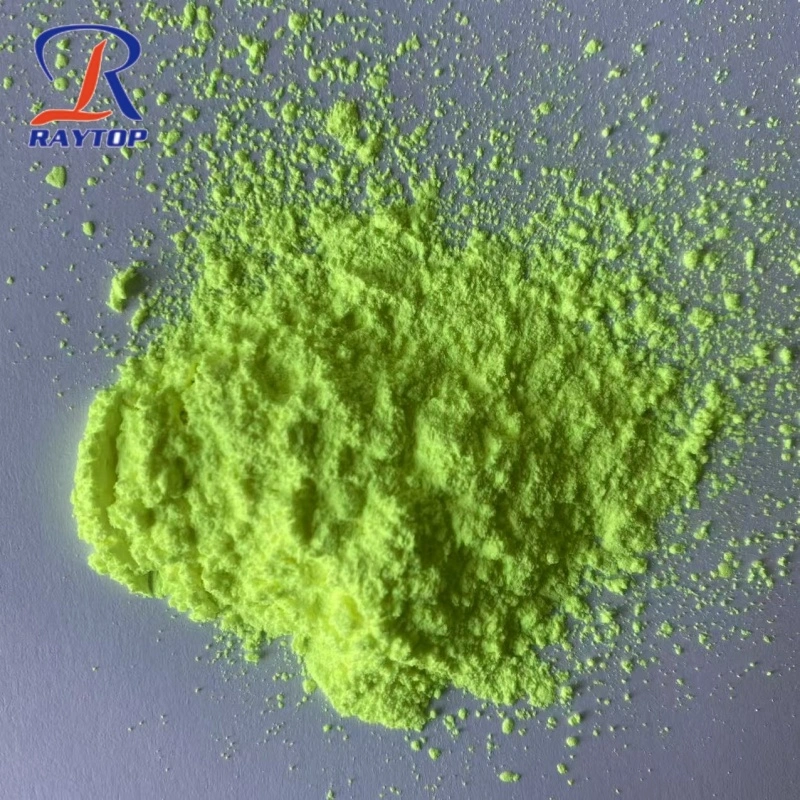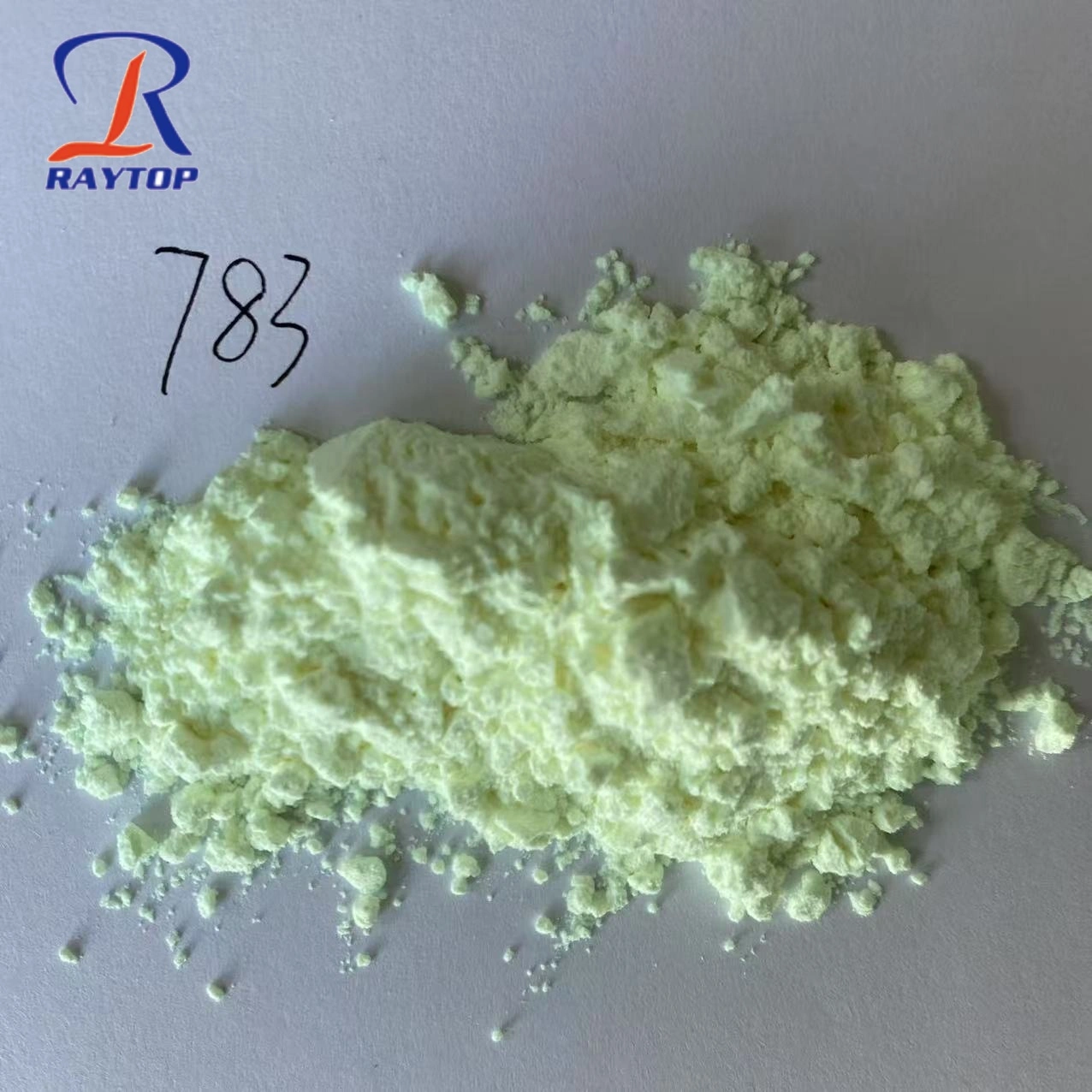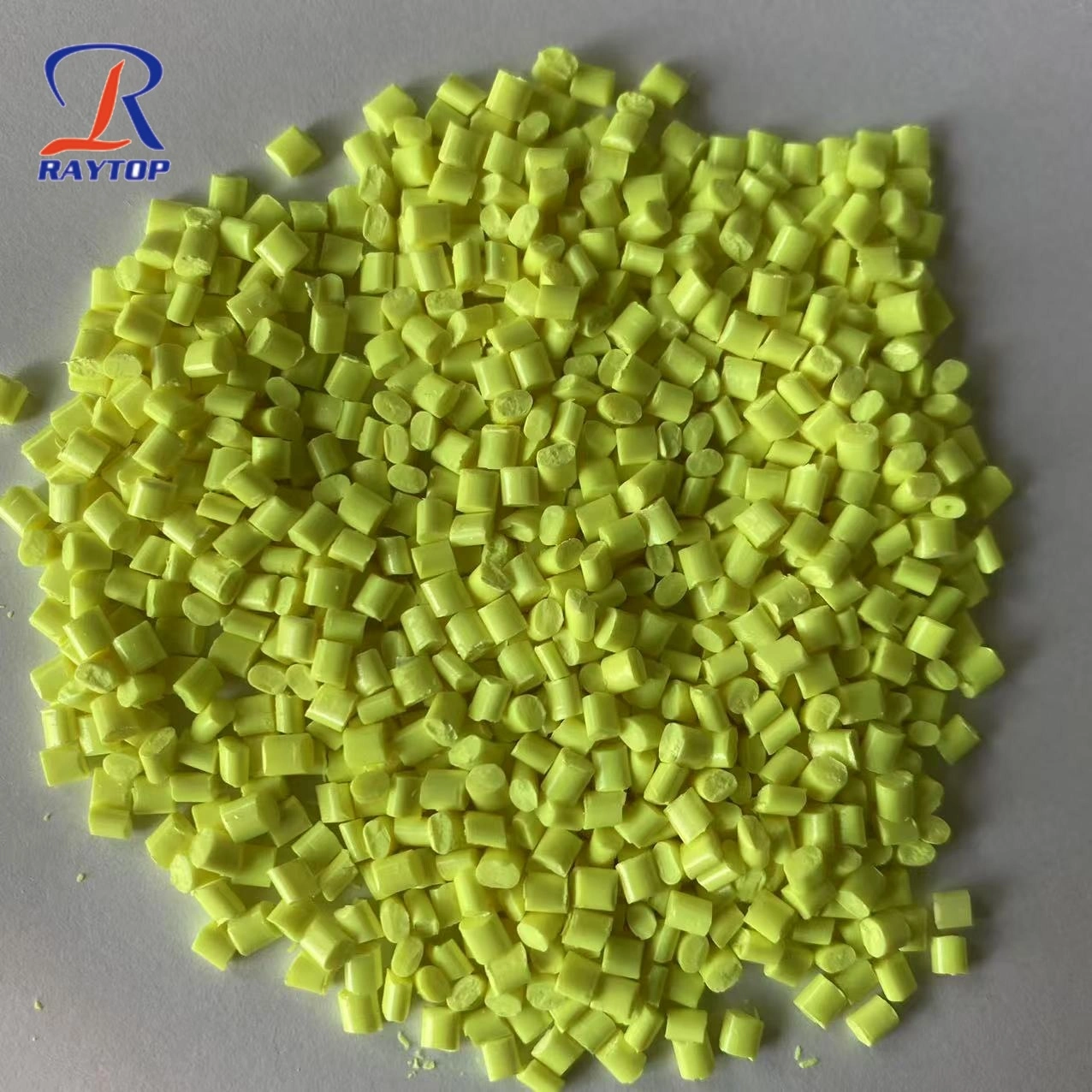What is Antioxidant 300?
Antioxidant 300 is a typical thiobisphenol antioxidant. As a hindered phenol main antioxidant, due to its special structure, it has the dual functions of free radical terminator and hydroperoxide decomposer. It is suitable for polyolefins, polyesters, polystyrene, ABS resins and polyvinyl chloride, and is also suitable for white, bright color or transparent products. In addition, it shows excellent synergistic effect when used with carbon black, which is unmatched by commonly used antioxidants.
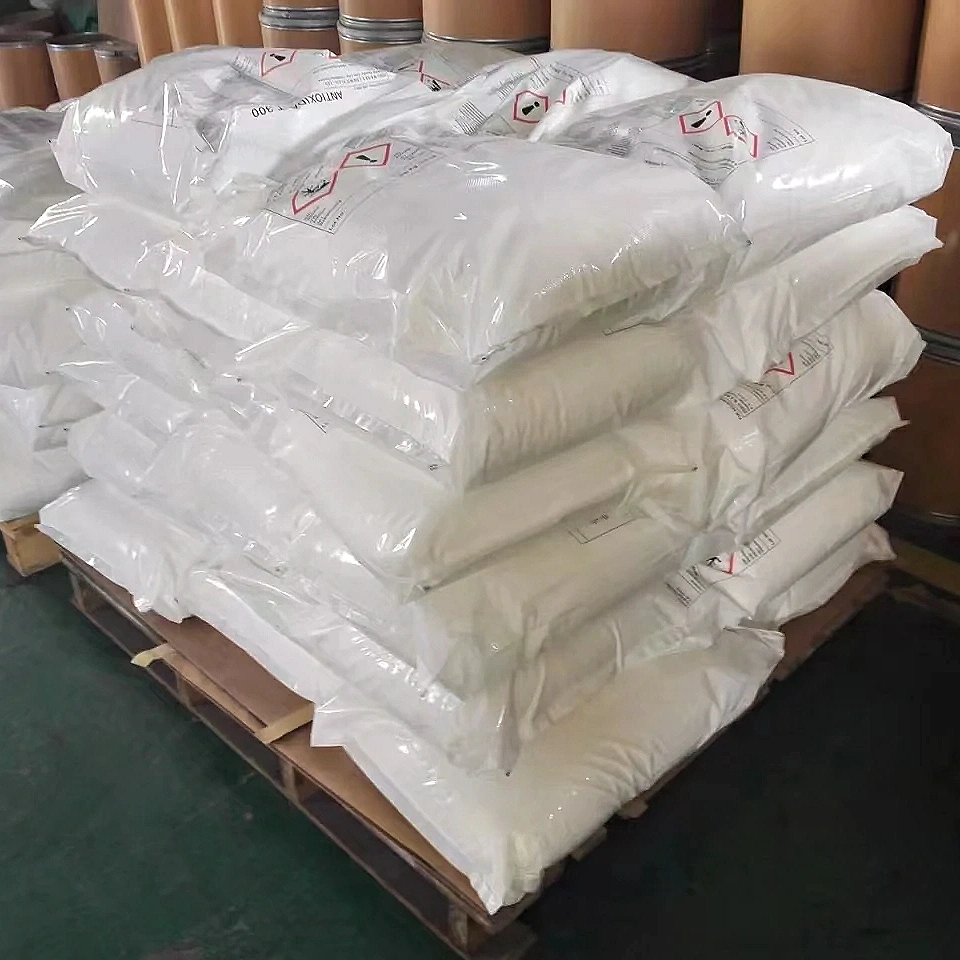
Antioxidant 300 is a typical thiobisphenol antioxidant. Due to the special structure, it has the dual functions of free radical terminator and hydroperoxide decomposer. When used together with carbon black, it shows excellent synergistic effect, which is unmatched by common antioxidants. This product is a highly efficient main antioxidant for rubber, polyolefins, plastics, etc. and their products, especially as an antioxidant for polyethylene cable and wire materials. Therefore, this antioxidant is widely used in the cable and wire industry at home and abroad.
Basic Information
When this antioxidant is used as an antioxidant for polyolefin food packaging materials, its limit is: 0.05% for low-density polyethylene and 0.25% for high-density polyethylene. Molecular formula: C22H30O2S;
Molecular weight: 358.5;
Grade: Superior Grade, Superior Grade
Appearance: White crystals
Melting point (οC) 160-164 160-164
Content (%w/w) (By HPLC) 99 min 98 min
Volatile matter (%w/w) (2g/4h/100οC)
0.1max
Ash (%w/w) (5g/800+50οC)
0.05max
Iron (as Fe) (ppm)
10.0 max
Particle size (%w/w) >425um
0.50 max721776.webp)
Specification
Property | Details |
Chinese Alias | 二(2-甲基-5-叔丁基-4-羟基苯基)硫醚; 4,4'-硫代双(6-叔丁基-3-甲基苯酚); 4,4'-硫代双(6-特丁基间甲酚); 5-叔丁基-4-羟基-2-甲基苯硫醚; 抗氧剂 300 |
English Name | 4,4'-Thiobis(6-tert-butyl-m-cresol) |
English Alias | nocrac300; Santonox; santonoxbm; USAF B-15; yoshinoxs |
CAS Number | 96-69-5 |
Molecular Formula | C22H30O2S |
Molecular Weight | 358.53700 |
Exact Mass | 358.19700 |
PSA (Polar Surface Area) | 65.76000 |
LogP | 6.46080 |
Appearance and Properties | White powder |
Density | 1.06~1.12 g/cm³ |
Melting Point | 160-165 °C |
Boiling Point | 475.6 °C at 760 mmHg |
Flash Point | 215 °C |
Refractive Index | 1.594 |
This product is a highly efficient and multifunctional sulfur-containing hindered phenol antioxidant. Due to its excellent structure, this product has the dual role of main and auxiliary antioxidants, and has a good synergistic effect when used with carbon black. Therefore, it is widely used in plastics, rubber, petroleum products, and rosin resin (antioxidant and color reduction effect). Especially for polyethylene wire and cable materials (such as communication cable sheath materials, insulation materials, chemical cross-linked polyethylene insulation materials, semi-conductive shielding materials, silane cross-linked polyethylene cable materials, etc.), high-density polyethylene pipe materials, other black polyethylene materials for outdoor use, etc., it has a more unique effect. Therefore, it enjoys the reputation of "special antioxidant for polyethylene cable materials and pipe materials" abroad. When used for low-density polyethylene, the addition amount is 0.05 parts; when used for high-density polyethylene, the addition amount is 0.25 parts. This product does not pollute or change color after addition. It can be directly mixed into rubber or made into a water dispersion for latex. In addition, it can also be used in ABS resin. A large amount of test data and practice have confirmed that this product has a good synergistic effect when used in combination with carbon black, ultraviolet absorbers such as benzophenone UV-531 and benzotriazole Tinuvin-327. It is used as a non-polluting antioxidant for natural rubber, styrene-butadiene rubber, butadiene rubber, nitrile rubber, chloroprene rubber, silicone rubber, etc., with a reference dosage of 0.5 to 1 parts (mass fractions). It can also be used as a polyethylene antioxidant; when used in low-density polyethylene, the added amount is 0.05 parts; when used in high-density polyethylene, the added amount is 0.25 parts. It does not pollute, does not change color, has low volatility, is highly effective in anti-oxidation, has excellent thermal stability and weather resistance, can be directly mixed in rubber, and can also be made into a water dispersion for latex. It can also be used in ABS resin.
Protecting Polyolefins
Polyolefins, including polyethylene and polypropylene, are widely utilized in packaging, construction, and automotive industries due to their exceptional properties such as flexibility, chemical resistance, and low cost. However, exposure to environmental factors such as heat, oxygen, and UV radiation can lead to degradation, compromising the structural integrity of polyolefin-based products.
Antioxidant 300 serves as a robust shield against oxidative degradation in polyolefins, effectively inhibiting the formation of free radicals and preventing chain scission and cross-linking reactions. By stabilizing the polymer chains, Antioxidant 300 extends the service life of polyolefin-based materials, maintaining their mechanical strength, flexibility, and appearance over time.
Enhancing Rubber Performance
Rubber products play a crucial role in various sectors, from automotive components to industrial seals and tires. However, prolonged exposure to heat, oxygen, and mechanical stress can accelerate the aging process of rubber, leading to stiffness, cracking, and loss of elasticity.
Antioxidant 300 acts as a potent defender against oxidative degradation in rubber compounds, mitigating the adverse effects of environmental factors on rubber performance. By scavenging free radicals and inhibiting oxidation reactions, Antioxidant 300 preserves the elasticity, resilience, and overall functionality of rubber products, ensuring their reliability and longevity in demanding applications.
Preserving Petroleum Quality
Petroleum derivatives serve as vital constituents in lubricants, fuels, and various industrial processes. However, oxidative degradation caused by exposure to air, heat, and metal catalysts can compromise the stability and performance of petroleum-based products, leading to viscosity changes, sludge formation, and equipment malfunctions.
Antioxidant 300 plays a pivotal role in safeguarding the quality and integrity of petroleum derivatives, preventing oxidation-induced degradation and maintaining their desired properties over extended periods. By neutralizing reactive species and inhibiting oxidation pathways, Antioxidant 300 extends the shelf life and operational efficiency of petroleum-based formulations, ensuring consistent performance and reliability in diverse applications.
How to make Antioxidant 300?
1. Synthesis of 3-methyl-6-tert-butylphenol Add m-phenol, isobutylene, aluminum chloride and concentrated sulfuric acid to the reactor, heat to 310-320℃ under stirring, and carry out alkylation reaction. After the reaction is completed, the reaction product is neutralized and distilled to obtain 3-methyl-6-tert-butylphenol.

96-69-5 preparation
2. 3-methyl-6-tert-butylphenol reacts with sulfur dichloride at a temperature of 45-50℃. After the reaction is completed, dissolve it with petroleum ether and cool it for crystallization, and then filter, wash and dry it to obtain the finished product.

Storage and packaging
Antioxidant 300 is stable in nature and has no special storage requirements. Avoid high temperature and humidity during storage. It is packaged in a cardboard barrel lined with a plastic bag, with a net weight of 25kg/barrel. It can also be designed according to customer requirements.
In conclusion, Antioxidant 300 emerges as a versatile and indispensable tool in the quest for product longevity and performance optimization across various industries. By effectively countering oxidative degradation in polyolefins, rubber, and petroleum derivatives, Antioxidant 300 preserves the integrity, functionality, and aesthetic appeal of materials, enabling manufacturers to deliver high-quality, durable, and sustainable solutions to meet the evolving needs of modern society. As we continue to embrace the challenges of innovation and sustainability, the incorporation of Antioxidant 300 serves as a testament to our commitment to excellence and longevity in product design and development.
About Raytop
Raytop, headquartered in China, is a leading manufacturer specializing in the production of Antioxidant 300. With a commitment to excellence and innovation, Raytop has established itself as a trusted supplier in the chemical industry, providing high-quality antioxidant solutions to customers worldwide.
Our state-of-the-art manufacturing facilities and rigorous quality control processes ensure that Raytop’s Antioxidant 300 meets the highest industry standards. This versatile antioxidant is widely used in polyolefins, rubber, and petroleum products, offering superior protection against oxidative degradation and significantly extending the lifespan of materials.
At Raytop, we pride ourselves on our technical expertise and our ability to provide tailored solutions to meet the specific needs of our clients. Our dedicated team of professionals is committed to delivering exceptional service and support, ensuring that our customers achieve optimal performance and durability in their applications.
Raytop's vision is to lead the market in antioxidant technology through continuous innovation, sustainable practices, and a customer-centric approach. We strive to contribute to the advancement of various industries by providing reliable and effective antioxidant solutions that enhance product quality and longevity.
Join us at Raytop as we pave the way for a more durable and sustainable future with our high-performance Antioxidant 300.
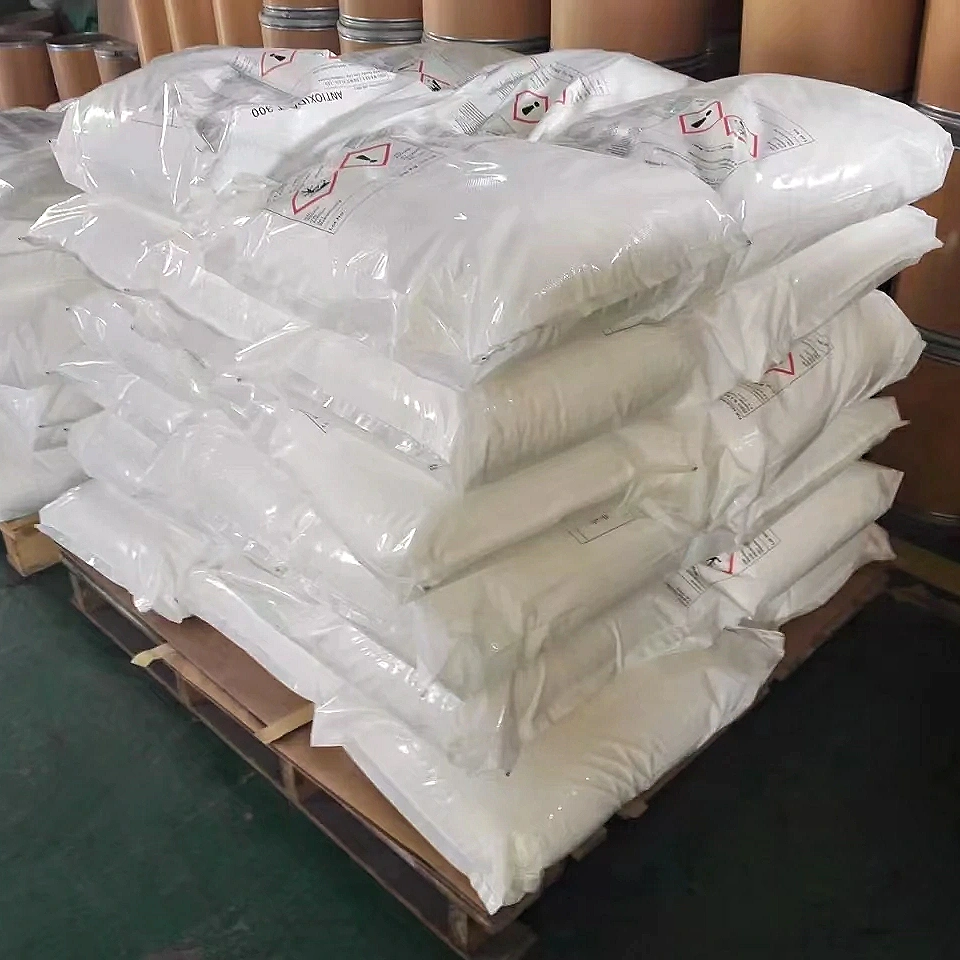
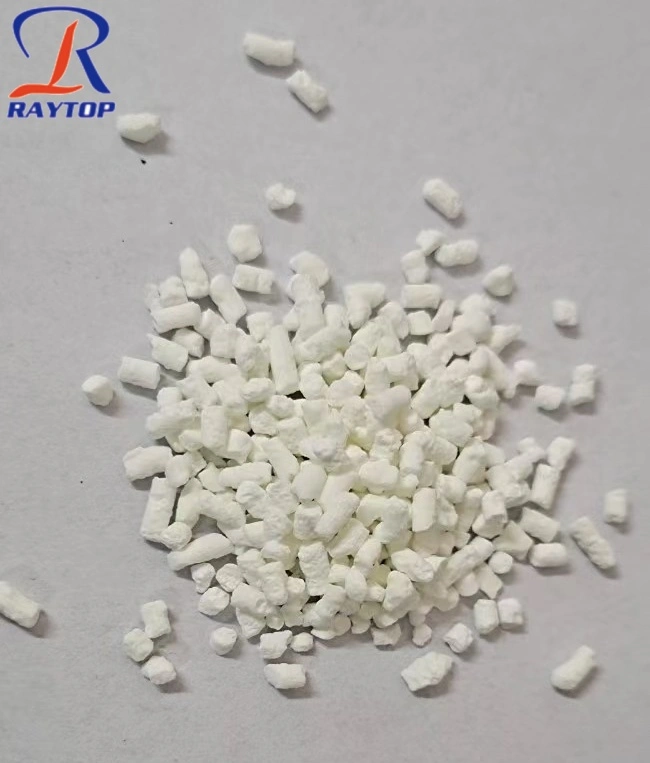
221.webp)
